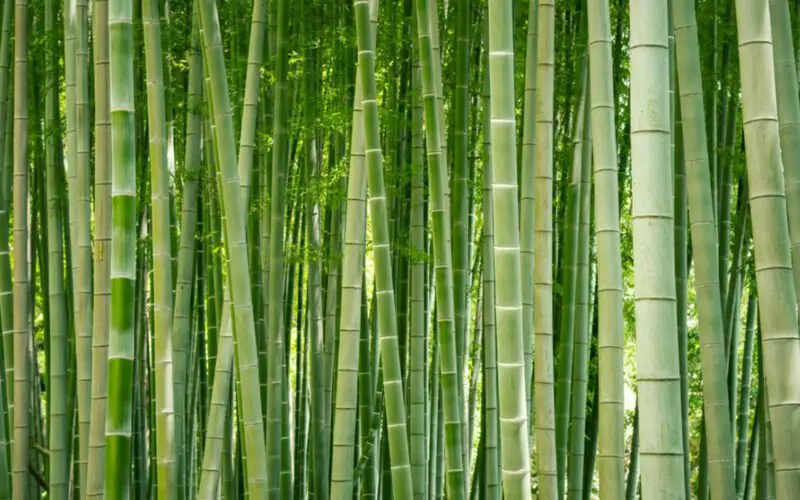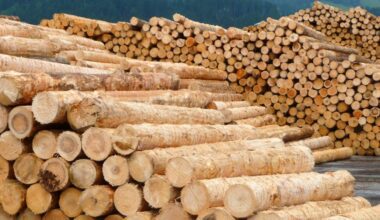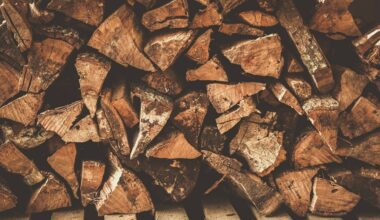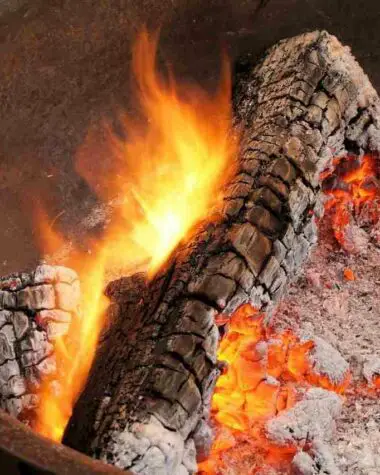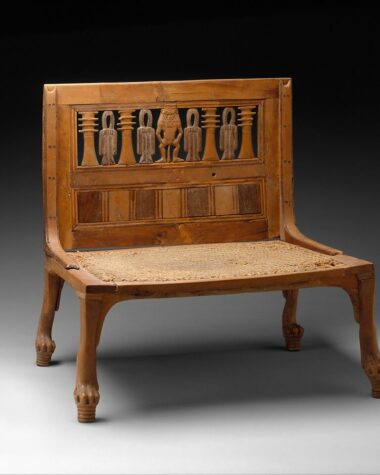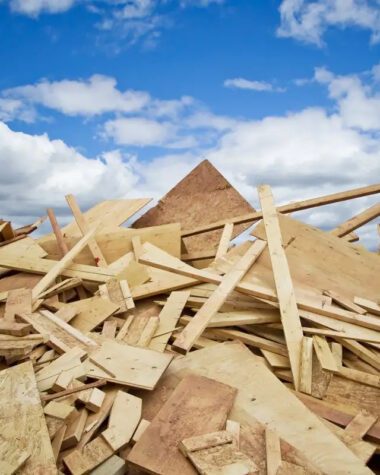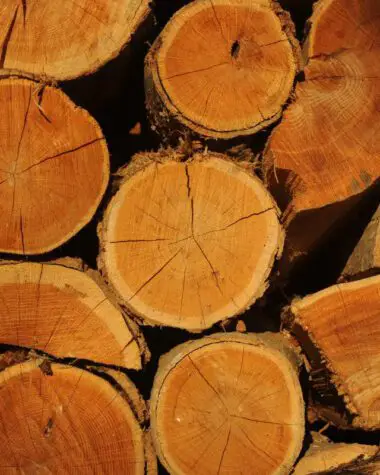Bamboo is a widely used building material for home furnishings and construction because it is durable. But what exactly is bamboo? Is it a plant, a tree, or a wood? This short guide will explain bamboo and why it’s so popular.
What Is Bamboo?
Bamboo is grass, and it is neither a wood nor a tree. We are used to calling bamboo “trees,” but science claims it is a member of the grass family. However, it’s not like the grass you are used to seeing in your yard.
Bamboo grass can be harder than oak, depending on the species or type of bamboo. The standard bamboo is 50 percent harder than the North American Red Oak tree. Bamboo can grow very fast, too, just like average grass.
You can harvest bamboo in just four to five years to make furniture and other wooden items, while it could take an oak tree 60 years to fully mature and be ready for harvest.
What Makes Bamboo A Grass
Like all grasses, bamboo is a colony-forming plant. This means that bamboo grows in groups in a given location. It generates new shoots and increases the root mass by using the energy of the bamboo around them. The same process will be used to grow the new plants. Essentially, this is how bamboo reproduces.
Although it occasionally goes into flowering and produces seeds, it does not primarily reproduce this way as many other plants do. Bamboo “colonies” come in two primary types: running and clumping. However, there are some variations between species and certain hybrid kinds.
The new culms emerge from the rhizomes underground and expand vertically. Since all the cells are created before the bamboo shoots up, it is a short procedure that does not require cell division. For grasses, this is the typical method of size growth.
All bamboo species use the same process for photosynthesis as all grasses, including the large species with a woody content like Moso and Guadua.
Uses of Bamboo
Because of how they are used, some bamboos may even be advertised as trees. For instance, bamboo looks a lot like wood when it is used to make a variety of kitchen items including bowls, spoons, and chopsticks.
The same is true when bamboo is employed in interior design. A bamboo floor resembles a hardwood floor in appearance. Let’s delve in more details about the application of bamboo.
Flooring
Using bamboo for flooring may be the most common application of bamboo wood. It was even introduced as a better and greener alternative to hardwood floors in history. Since then, bamboo sales have doubled. The U.S. Green Building Council labels bamboo hardwood flooring as an ideal product to be used as flooring because it is attractive and can grow almost anywhere.
Clothing and Linens
Bamboo fabric is known to be softer than cotton and has the classiness of silk. The fabric also has antibacterial properties, therefore, it’s perfect to wear for daytime use. Bamboo fabric is usually found in high-end shops but you can also find bamboo fabric and linens from local retailers. Bamboo fabric can be made into shirts, pants, hats, socks, baby clothes and bedding.
Furniture, Home Décor and Kitchenware
Bamboo is now a part of the modern kitchen and Asian-inspired living rooms. You will find plates and cutlery, seats, tables, cabinets and shelves made from bamboo wood. It is even the best choice among eco-savvy shoppers.
For people who are worried about lead paint and Bisphenol-A, bamboo plates and silverware make a good alternative to plastic dishes. There are even more bamboo kitchen products available in the market including trays, bowls, cutting boards, and baskets.
To make bamboo kitchenware and home décor, the wood is steamed to make it softer and more workable. Steaming also reduces the use of dangerous chemicals like those used in making bamboo flooring and fabric.
Conclusion
As many need clarification about what bamboo is, people are still aware that it is useful in many ways. Bamboo cannot be wood, but the fact that it can be used in many applications enables it to have the same level as wood.
